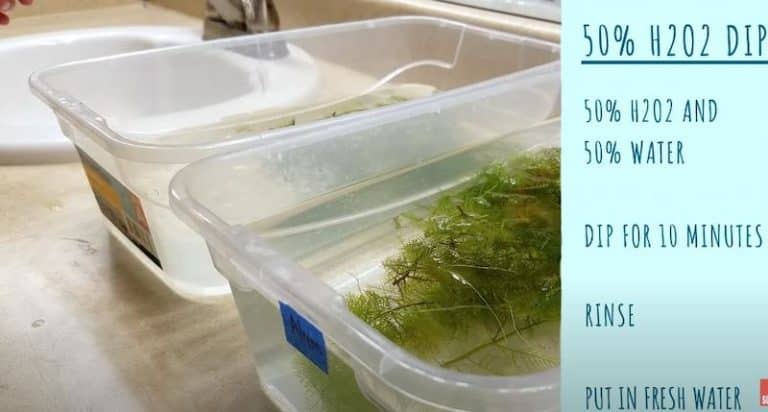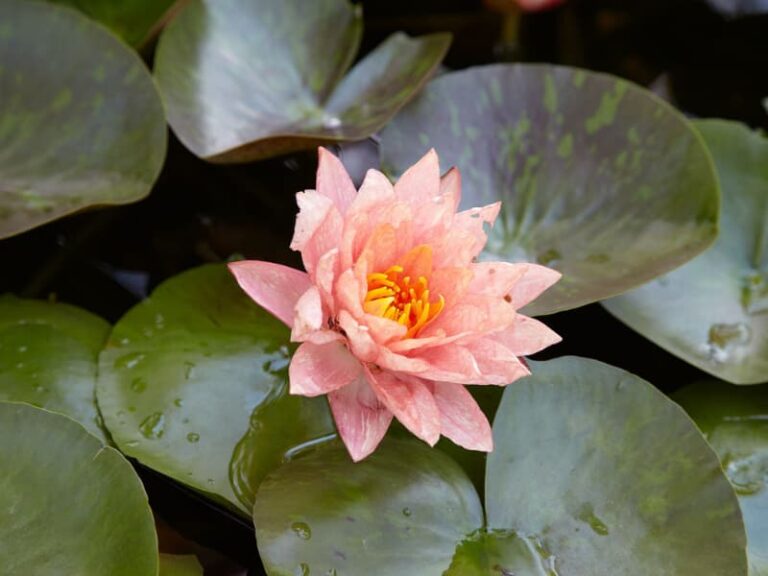
Aquarium Plants
Aquarium plants, also called aquatic plants, are those plants you grow in your tank, whether it is freshwater or saltwater. These plants are great for keeping your aquarium clean, fresh, and looking great.
Benefits
Aquarium plants have several benefits, including the following:
- They add oxygen to the water
- They act as decorations in aquariums
- They provide hiding spots or shelter for fish, snails, shrimp, and other aquarium inhabitants.
- They help filter out toxins from the tank
Types of aquarium plants
There’s a wide variety of aquatic plants to choose from, each with its own unique care requirements. Some of the popular plants for aquariums include the following:
- Java fern
- Java moss
- Anubias: This plant is good for beginners with tanks that have low light conditions. If you have fish that nibble plants, try Anubias.
- Amazon sword: This is a good plant for adding color to the aquarium.
- Hornwort: This is a floating plant, so you don’t need any substrate to grow it. I recommend it if you have fish that dig in the substrate.
- Water wisteria: A fast-growing plant that can fill empty spaces quite fast.
When choosing these plants, we recommend that you consider the level of care difficulty, especially if you are a beginner. Other factors you want to think about are the size of your tank, how big the plants get, and the type of fish you’re keeping.
Light conditions are very important to consider when choosing aquarium plants. In terms of light, we categorize these plants into low-light plants, medium-light plants, and high-light plants.
Positioning aquatic plants
When setting up the aquarium, you want to make sure you choose the right plants for different parts of the tank. We can place plants in the foreground, background, or midground. Therefore, you must select the right plants for each of these positions.
Foreground plants are low-growing and should be placed in the front of the tank. Examples of foreground aquarium plants include java moss, Anubias, and Cryptocoryne.
Midground aquarium plants are placed in the middle of the tank. They don’t grow into large plants; otherwise, they’ll overcrowd the tank. Examples of midground plants include Hygrophila, Ludwigia, and Rotala.
Background plants typically grow tall. We choose them because they have little to obstruct in the tank, yet they provide great hiding spots, food, and safe shelter to snails, shrimp, and fish that like to hide. Examples of background plants include Amazon sword, Vallisneria, and Echinodorus.
Remember to always disinfect aquarium plants before adding them to your fish tank.
Below are more guides on aquarium plants.

